The RHN Archive and the NLHF project to develop archive service p.II
Conservation work on the RHN Archive
Starting with conservation efforts, the volunteers were involved in cleaning archive records to remove the visible dust on archive material. Whilst surface dust can be removed with light dusting with an animal hair paintbrush, for more ingrained dust it is necessary to use a smoke sponge, made of vulcanised rubber. Some items within the collection required cleaning by professional conservators who may use a vacuum cleaner with HEPA filtration.
Once the documents were cleaned, they were repackaged within appropriate-sized acid-free enclosures. Repackaging is essential for maintaining the long-term preservation of archive material as it provides a physical barrier to environmental dangers such as light, heat, water and pests and therefore reduces the chemical breakdown of the cellulose and lignin within these papers document.
Identified items requiring conservation had previously been assessed during a conservation survey carried out in 2016 and funded by the Wellcome Trust. Items sent for conservation included 17 volumes of hospital admission casebooks. These green, bound vellum volumes contain records of all applicants to the charity from 1854 to 1968.
The volumes are a fantastic resource for academic and family historians as they provide personal information about each applicant such as name, date of birth, where they were from and medical conditions as well as further details if they were admitted, such as the type of patient they qualified as, how they were financially supported and the length of their occupancy. The conservators repaired the stitching on these volumes to secure the text block to the cover material, as well as repairing cracks and tears to the vellum covers and giving each volume a thorough cleaning. Other materials selected for conservation included some of our historic pamphlets, such as our Christmas appeals. The first Committee book of the Board of Management contains handwritten minutes of the first meeting of the Royal Hospital for Incurables held at Mansion House on 31 July 1854, and the first constitution of the charity.
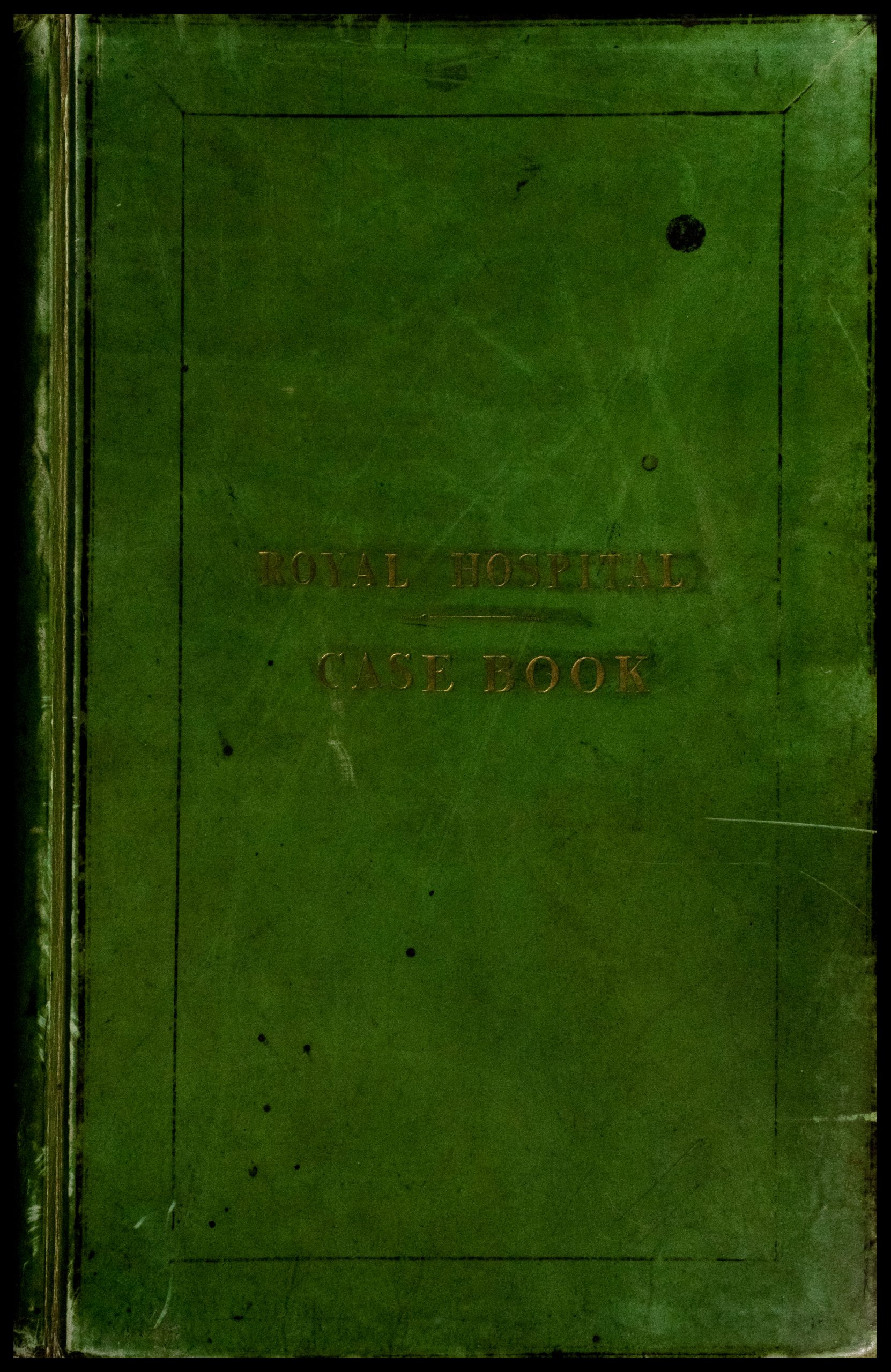
Cataloguing the RHN Archive
Thanks to the repackaging and cleaning work undertaken by the volunteers, it was possible to devote more time to cataloguing the archive collection. The main priority was transferring the archive items stored in the Chief Executive’s Office which required repackaging, cataloguing and, for some items, conservation treatment. From a cataloguing perspective, this was essential as these items were part of the Administration series, which formed the largest series in the hospital’s collection and we could not create a hierarchical description without cataloguing these items first.
The AtoM archive catalogue was installed by Imagiz, a web design company, and the hospital’s IT team. The current online catalogue only shows a small selection of the overall catalogue and more records will be added. This will include item-level descriptions for some of the digitised photographic material, once they have been watermarked and uploaded.
While cataloguing, of particular interest, were the charities’ subscriber’s books, which list all the individual and group donors to the charity from 1858 to 1901 and include a copy of the annual report and a copy of the financial accounts. These early volumes chart how the charity grew into a national institution and contain lots of useful information such as patient election results, memorials to influential members of the board and folded engravings of the hospital building. Another excellent example is the House Committee minutes, which are a treasure trove of interesting little facts about daily life at the hospital.
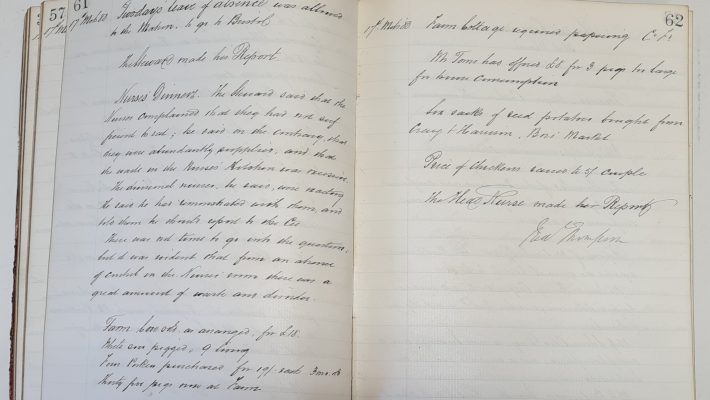
Digitising the RHN Archives
One of the major perks of the National Lottery Heritage funding has been allowing the Archive Service to invest in in-house digitisation equipment. The Archive received its A3 flatbed scanner in July 2020. With the addition of a secure server with a capacity of 1TB and the purchase of some photo-editing software, it was soon possible to start mass digitisation of the archives.
The recruitment, training and work of volunteers are a key component of the NLHF project
The volunteers began their placements in May 2020. They came to the RHN every Wednesday and Thursday for 4 hours and undertook cleaning and repackaging work.
At the beginning of the project, the volunteers were assigned to clean 13 standard boxes of archive manuscripts and bound volumes for the first 5 weeks then to box-list and repackage 31 standard archive boxes of photographs and measure and lightly clean 293 volumes and artefacts in preparation for re-boxing and conservation treatment for selected items by a trained conservator.
Altogether, they collectively completed 84 hours of work and within that time managed to:
- clean eight boxes of loose manuscript papers
- 20 bound volumes of committee minutes and bound publications
- repackage 1954 photographs
- box list 12 boxes of photographs
Click here to see examples
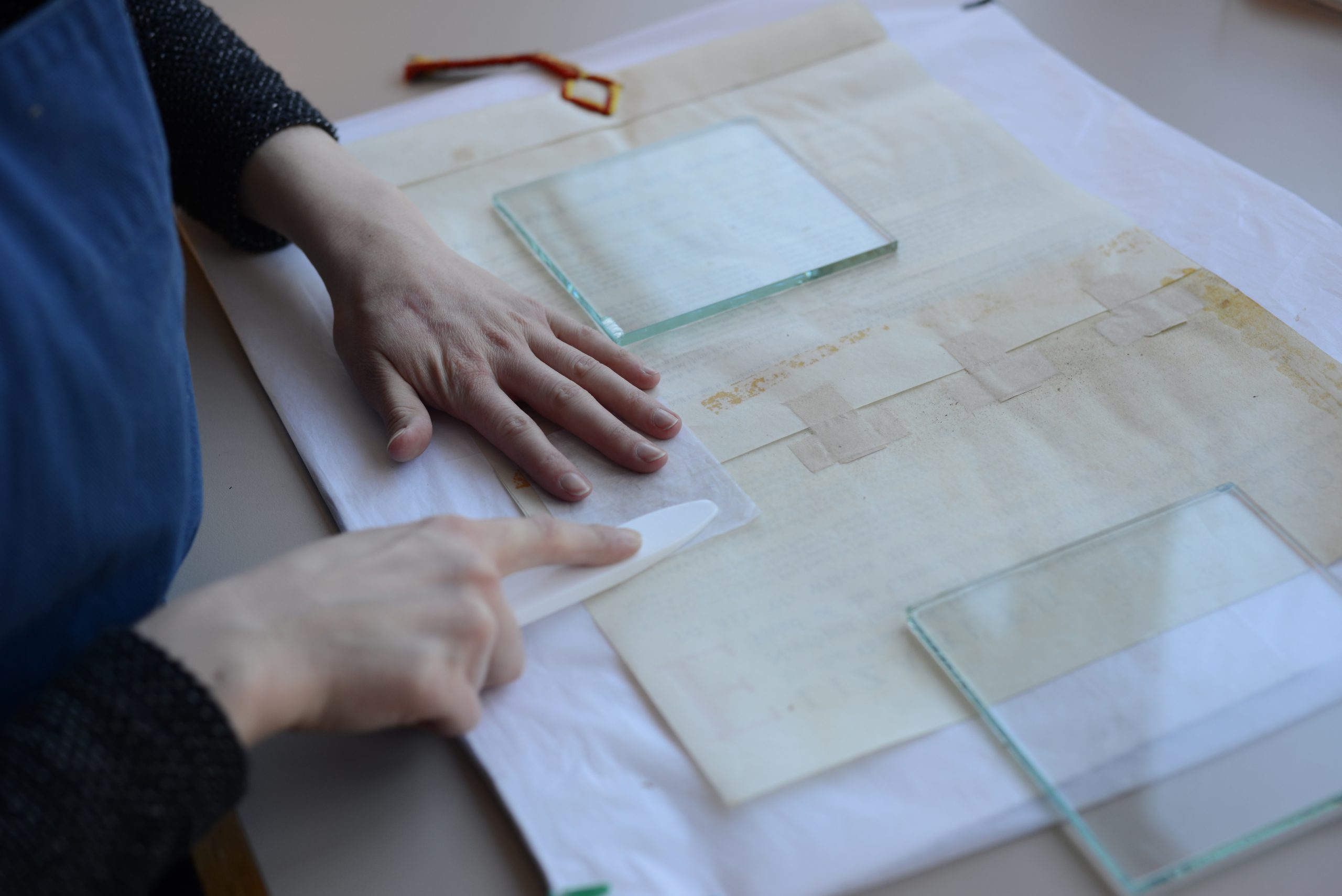
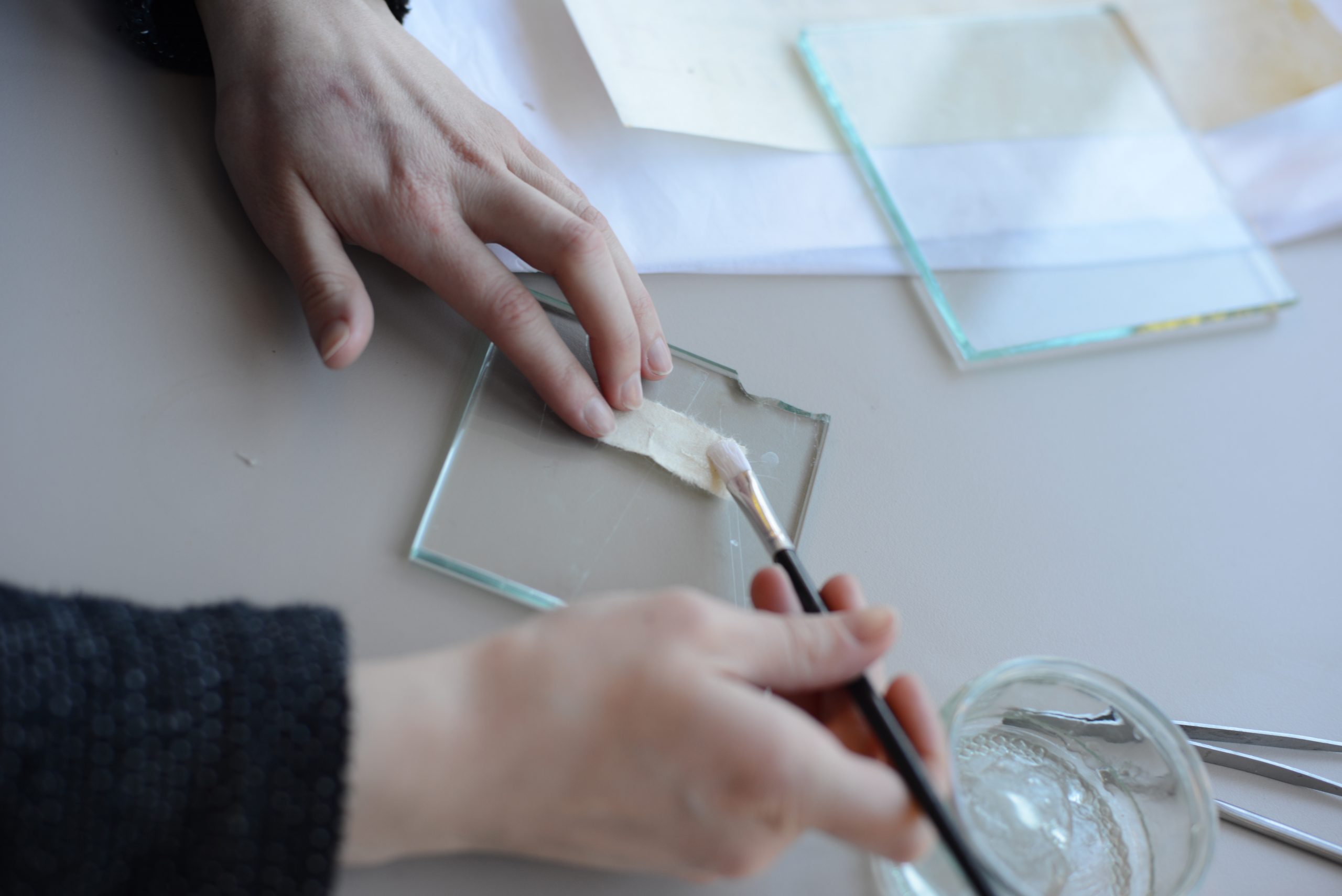
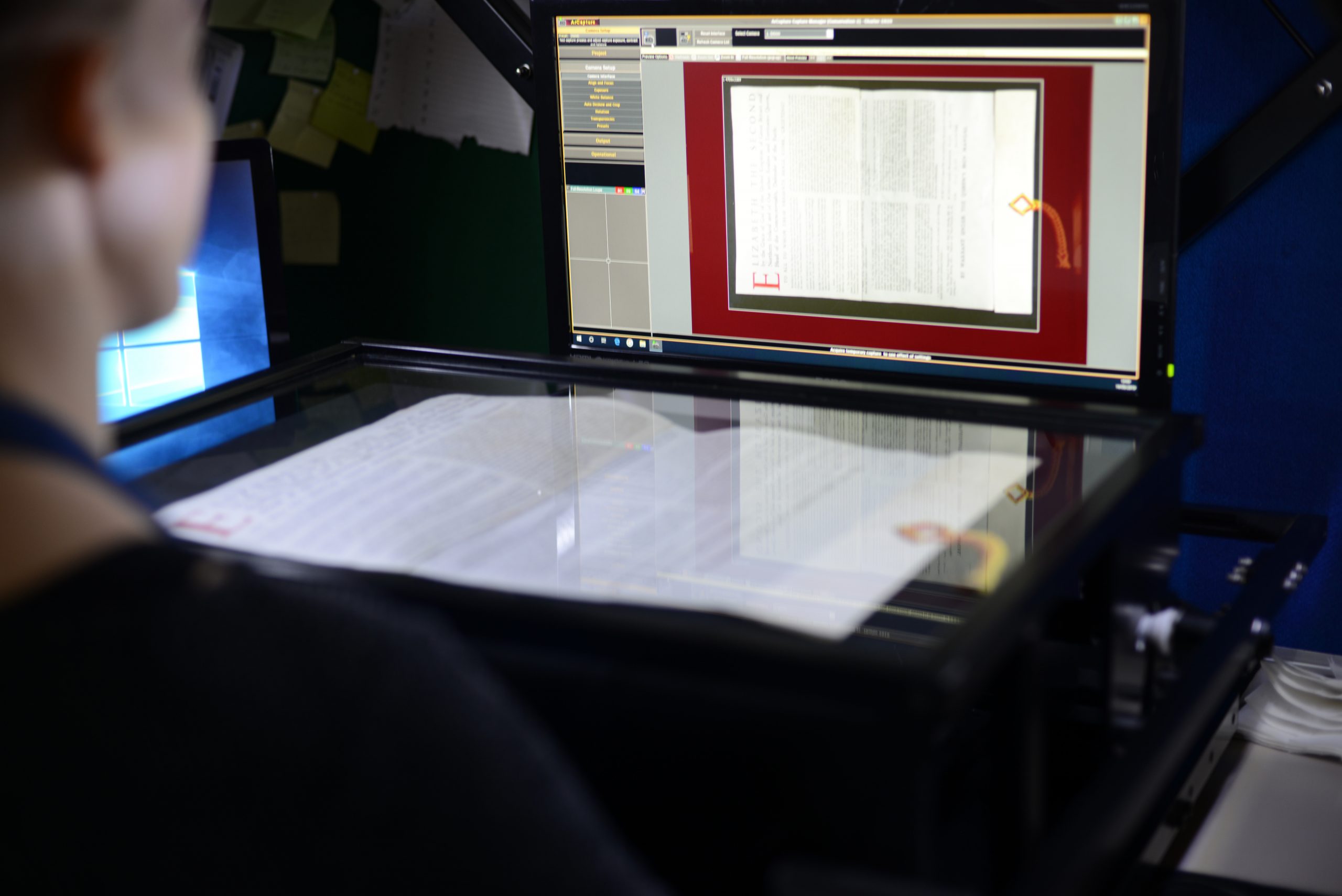
“The transcription project has enabled me to build on my skills when working with records that I otherwise may not have had the chance to. It has been really interesting to read each case entry and to begin to understand what life was like for people during the 19th century, and it has also increased my interest in the use of medical records in an archive. I hope to build on my skills further and apply this experience to any role I may have in an archive in the future.” Lucy, NLHF project volunteer
I am excited to be involved in a project which will provide a deeper understanding of those facing severe and debilitating illnesses at a time when very little support was available to them. The transcription of the admission casebooks will provide a rich resource in which we can learn about the lives of the early patients in the Hospital. Becky, NLHF project volunteer
“I have recently started as a volunteer for the Hospital’s archive, helping one day a week on-site and also doing some work remotely. So far, I have been transcribing records from one of the case books of admissions and helping with the exhibition content. The Hospital and its archive are fascinating – I feel like I have a real window into its history. The case book I have been transcribing dates from the early days of the Hospital, 1864-66, and I am finding it very interesting to see the types of conditions that patients presented with and what happened to them next. My reading of 1800s handwriting is also much improved! It feels very satisfying to be helping to make this information more widely available. I am also looking forward to helping to catalogue some of the archive’s extensive collection of photographs and other items – my glimpses into the archive boxes so far have been quite tantalising!” Kathryn, NLHF project volunteer
Oral History Project and the RHN volunteers
As an alternative to onsite volunteers, it was decided to recruit remote volunteers to help with our oral history project. The oral history project was created during the initial lockdown as a way to document the unprecedented impact of a pandemic on the hospital. A series of interviews were carried out with frontline workers who recorded their thoughts and feelings during the time of crisis.
Acknowledgements
We are eternally grateful to the National Lottery Heritage Fund for making this exhibition possible. The generous grant has made the development of the RHN’s Archive Service a reality and we look forward to sharing our collections with new and existing audiences. With progress made during this project, we can now consider applying for Archive Service Accreditation, which is the UK standard for archive services.
We also wish to acknowledge Chris Olver, who was the very first Archivist at the RHN and the creator of the RHN Archive Service. He worked at the hospital from January 2018 to September 2021 and tirelessly oversaw the project from the funding application stage to the planning of this exhibition.
We also wish to thank the many volunteers who have kindly offered their valuable time to the project. Their skills and insight have been a constant source of help and inspiration.